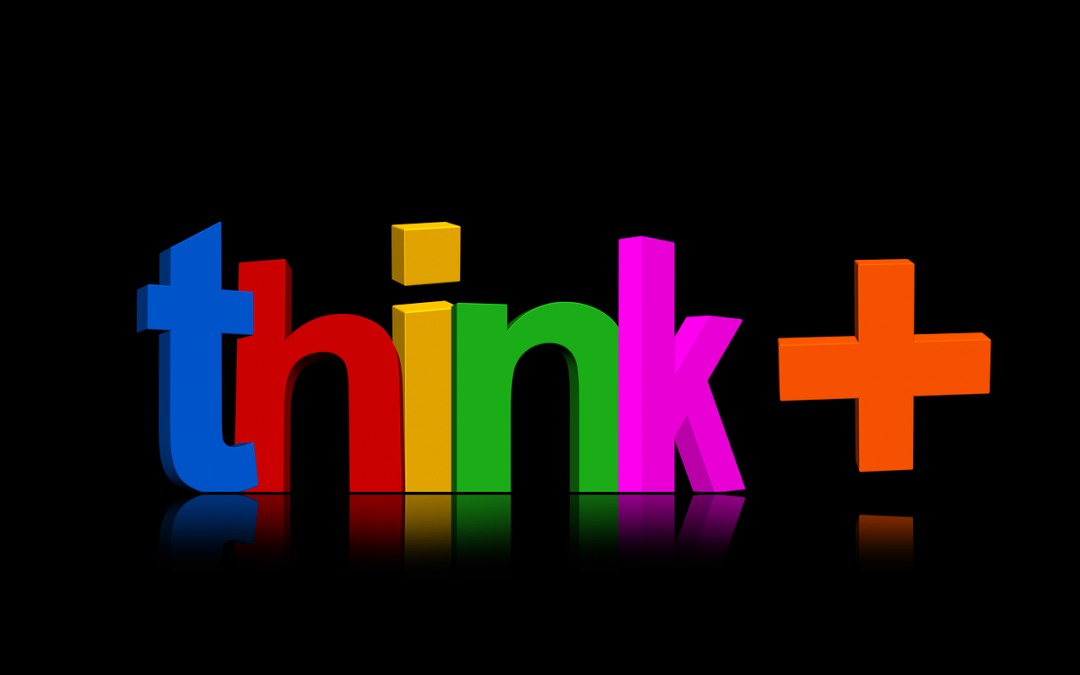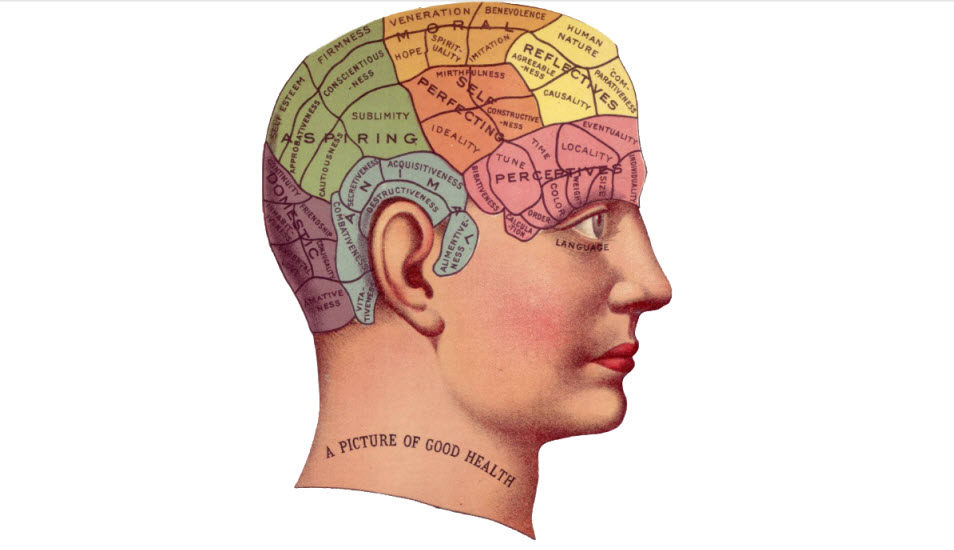
Unity With The One
The coming of year’s end holds special meaning for many. Besides the obvious religious observances at this time – and there are many – there are also pagan and shamanic rituals highlighting Winter Solstice, the start of a New Year and many significant birthdays. Of all the year, this may be the best time we have to honour everyone and every way that the Mystery of Life, Death and Rebirth is celebrated.
Spiritual traditions from around the world may, at first glance, seem to contradict each other. Although their understandings and traditions may seem conflictual, they actually have a lot in common. These spiritual traditions can be divided into three general categories:
- Polytheistic – belief in many gods and goddess
- Monotheistic – belief in one god
- Monist – belief in an impersonal Oneness
In polytheistic traditions, they teach that there is ultimately one God – essentially All is One. This God embraces everything and cannot be identified with any particular qualities or characteristics. This one God can seem abstract and unapproachable. Native Americans call this supreme unity Great Spirit or Great Mystery. Hindus know it as Brahman. Ancient Pagans knew it as The One or The Good. These traditions worship the one God via a host of lesser gods, goddesses, deities and spirits.
In monotheistic traditions, the belief is in a transcendental unity beyond the idea of a personal God; it is sometimes called the Godhead. A monotheistic religion generally follows the teachings of a prophet to connect with this one God or Godhead. All monotheistic traditions have intermediaries to help them with finding and securing their connection to the one God. Worship of this one God occurs by way of angels, beings, saints and prophets
In monist traditions, the belief is in an impersonal Oneness. The various gods and goddesses are faces of the faceless impersonal Oneness. These are personas with recognizably human characteristics that the impersonal Oneness adopts so that we can have a personal relationship with it. Monist traditions also recognize a whole host of celestial Buddhas and nature spirits to help us experience a relationship with the impersonal Oneness.
What does this all mean? According to Timothy Freke, author of Spiritual Traditions: Essential Teachings to Transform Your Life, it means this:
“Basically, the different spiritual traditions of the world are unique expressions of common themes. They are different rivers running to one sea of Truth. Each tradition has its own way of seeing reality, its own concepts, its cultural biases, its particular history and its own saints and sages. Each tradition, therefore, has something valuable to offer us in our exploration of the mysteries of life and death.
Yet all enlightened masters of all traditions teach that the ultimate Truth is beyond the scope of words ever to express. All spiritual philosophies are only gestures toward the inexpressible. As such, they are all partially valid and all ultimately inadequate.”
Let us end with a quote from Mahatma Gandhi:
” Religions are different roads converging on the same point. What does it matter that we take different roads so long as we reach the same goal? “
May this Holiday Season provide you opportunities to enjoy the blessings and celebrations of the world’s spiritual traditions right in your communities. We are more alike than we are different!
Relative Articles you may enjoy:
Guidance From Above





Recent Comments